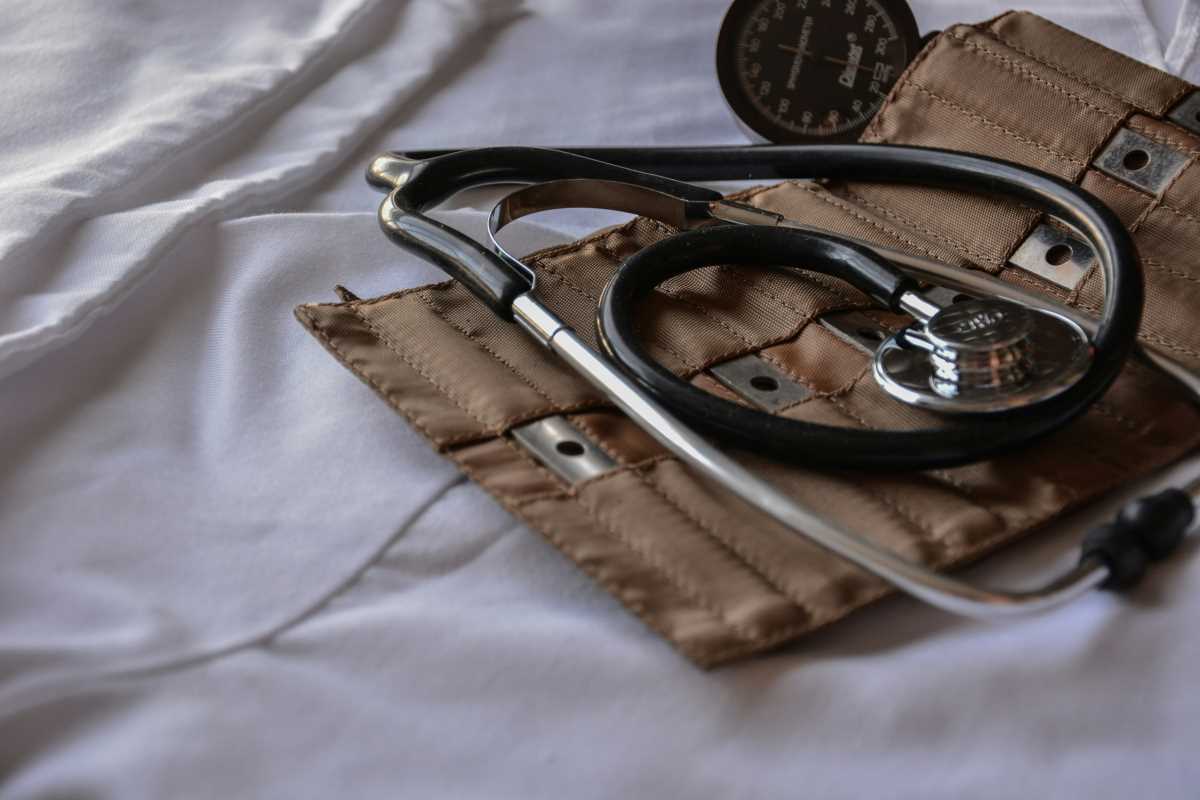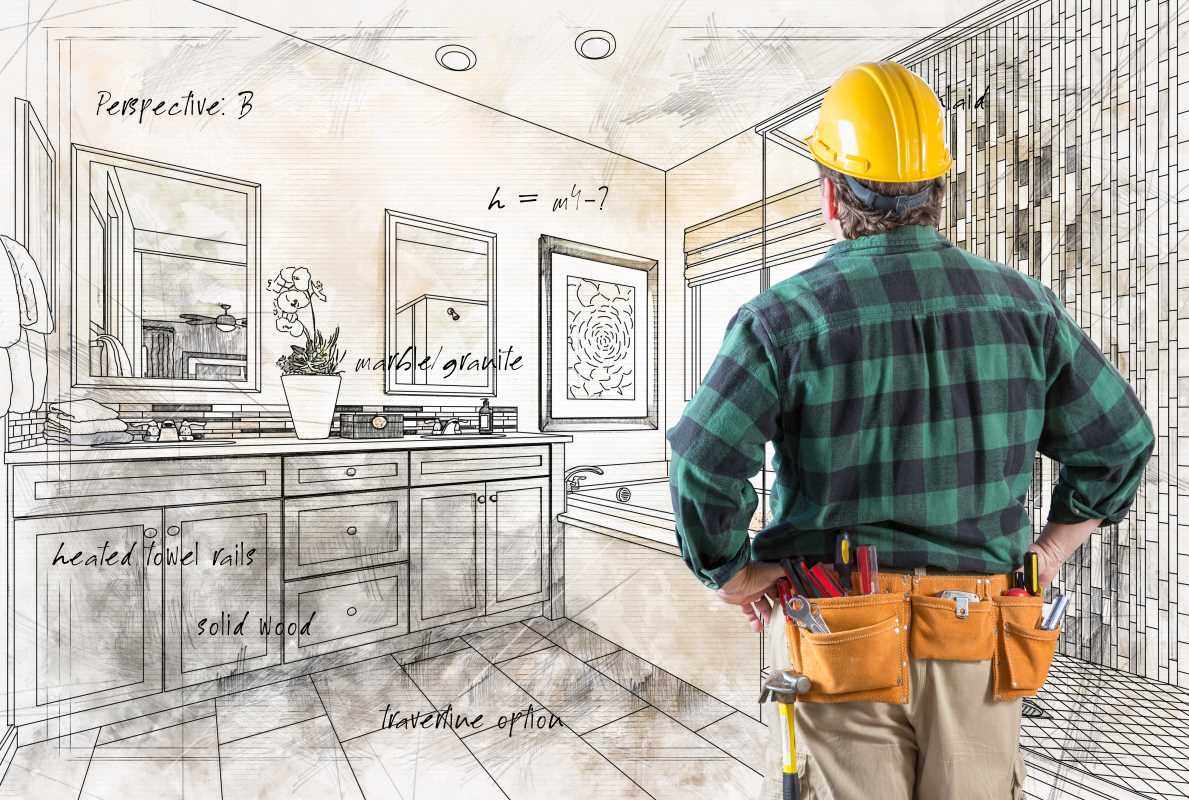Managing medical equipment at home can feel overwhelming, especially when space is limited, or when multiple devices and supplies are needed regularly. Whether you’re storing items for wound care, respiratory devices, or mobility aids, keeping everything organized, safe, and accessible is key to reducing stress and ensuring smooth day-to-day care.
This guide will provide you with practical and space-saving tips to make storing medical equipment more manageable. With a few smart strategies, your home can be both functional and clutter-free, making caregiving easier and more efficient for everyone involved.
Assessing Storage Needs
Before jumping into organization, take some time to assess your specific storage needs. Proper planning ensures your setup is both practical and sustainable.
1. List and Categorize Equipment
Start by listing all the medical equipment and supplies you’re managing. Common categories might include:
- Daily-use items: Wheelchairs, blood pressure monitors, or oxygen tanks that need easy access.
- Occasional-use items: Wound care supplies, therapy tools, or nebulizers.
- Backup stock: Extra medications, batteries, or spare parts for devices.
2. Consider Frequency of Use
Organize storage based on how often you use the items. Keep everyday essentials within arm’s reach, while rarely used equipment can be stored in less accessible areas like higher shelves or storage cabinets.
3. Prioritize Safety
Safety should guide your storage approach, especially if you’re managing fragile equipment or have children and pets at home. Ensure that sharp or hazardous items, such as syringes or cleaning chemicals, are stored securely out of reach.
Storage Tips for Accessibility and Efficiency
A well-organized space can significantly improve your ability to provide care. Here are some practical ideas for keeping medical equipment easy to find and use.
1. Use Clear, Labeled Containers
Clear storage bins make it easy to see what’s inside at a glance. Label each bin with its contents using large, easy-to-read text. For example:
- “Wound Care Supplies”
- “Respiratory Equipment”
- “Backup Batteries & Cords”
Group similar items together to streamline caregiving tasks, such as having all dressing supplies in one bin or all tubing and connectors for medical devices in another.
2. Create a “Command Center”
Designate a central location for frequently used items. A rolling cart with multiple tiers is an excellent option because it can easily move between different rooms. Stock it with supplies like medications, gloves, hand sanitizer, and portable medical devices.
Drawers in the cart can also help separate items by category, making it easier to stay organized.
3. Incorporate Wall Storage
Free up floor and counter space by going vertical. Wall-mounted shelves, pegboards, or hooks can store lightweight items like:
- Face masks.
- Gloves or gowns.
- Tubing for medical machines.
Wall storage keeps your home tidy while ensuring supplies are always within reach.
4. Utilize Over-the-Door Organizers
An over-the-door organizer with pockets is perfect for holding smaller items such as pill bottles, gauze, or cleaning supplies. Hang one on the back of a door in a bedroom or bathroom for a discreet and space-efficient solution.
5. Optimize Closet Space
Tidy up closets to make room for larger equipment or storage bins. Add:
- Adjustable shelving: Create custom heights to accommodate large or oddly shaped equipment like portable oxygen tanks or nebulizers.
- Hanging organizers: Use these for lightweight fabric supports, braces, or small accessories.
- Plastic drawers: Stackable drawers can store medical bandages, sanitizing wipes, or prescription logbooks in an orderly manner.
6. Think Multipurpose Furniture
Furniture with built-in storage can help you maximize tight living spaces. Examples include:
- A storage ottoman with a lift-off lid for keeping medical supplies out of sight.
- Beds with under-bed drawers where larger items, like mobility aids or therapy tools, can be stashed.
- Nightstands with multiple drawers for keeping medications within arm’s reach.
Securing Larger Medical Equipment
Some medical equipment, like wheelchairs, oxygen tanks, or hospital beds, requires careful storage. Here’s how to manage larger items efficiently.
1. Make Use of Garage or Utility Spaces
If you have a wheelchair or walker that’s not used daily, store it neatly in a corner of the garage or a utility room. Use wall hooks to hang collapsible items, saving floor space.
2. Invest in Sturdy Storage Racks
Heavy-duty shelving units are ideal for storing bulky equipment like dialysis supplies or extra tanks of oxygen. Look for shelving with adjustable heights to better accommodate your needs.
3. Install Protective Covers
For medical devices that aren’t used year-round, invest in dust covers or plastic sheeting to keep them clean and ready for use. Make sure they’re stored in a dry area to avoid damage from moisture.
4. Create Designated Zones
Store large items in zones dedicated specifically to medical equipment. For example, keep all mobility aids in one corner, while oxygen tanks and concentrators go in another. Clear separation prevents clutter and ensures the equipment is always easy to grab.
Safety Considerations for Storage
When arranging medical equipment, safety should always be a top priority to protect both your loved one and other household members.
1. Keep Hazardous Items Secure
Store sharps (like needles or lancets) in a designated sharps container and ensure it’s out of reach of children and pets. Medications, chemical solutions, or anything hazardous should be stored in locked cabinets or high shelves.
2. Prevent Trip Hazards
Cords, tubing, and electrical wires can be a tripping risk, especially for individuals with mobility challenges. Use cord organizers to bundle cables neatly, and avoid stretching them across walkways.
3. Ensure Airflow Around Devices
Medical devices requiring electricity or ventilation, like concentrators or CPAP machines, should have enough airflow to function safely. Avoid tightly packing them in enclosed spaces or blocking vents.
4. Label Emergency Equipment
Clearly label items like first-aid kits, defibrillators, or epinephrine pens so they’re easy to locate in a time-sensitive situation. Communicate the storage location to all household members for quick access during emergencies.
Maintaining Your Medical Storage System
Once you’ve set up your storage system, keep it effective by maintaining a regular routine.
1. Perform Monthly Checks
Go through your inventory at least once a month to:
- Discard expired products like medications or wound care supplies.
- Refill items that are running low.
- Ensure all equipment is functioning properly and make repairs if needed.
2. Rotate Stock
If you keep backup supplies, use the oldest items first to prevent expiration. Label products with purchase or expiration dates to stay on top of them.
3. Educate the Household
Make sure everyone in your home understands the organization system, particularly backup caregivers or family members. This ensures that items are returned to their proper place and storage areas remain tidy.







